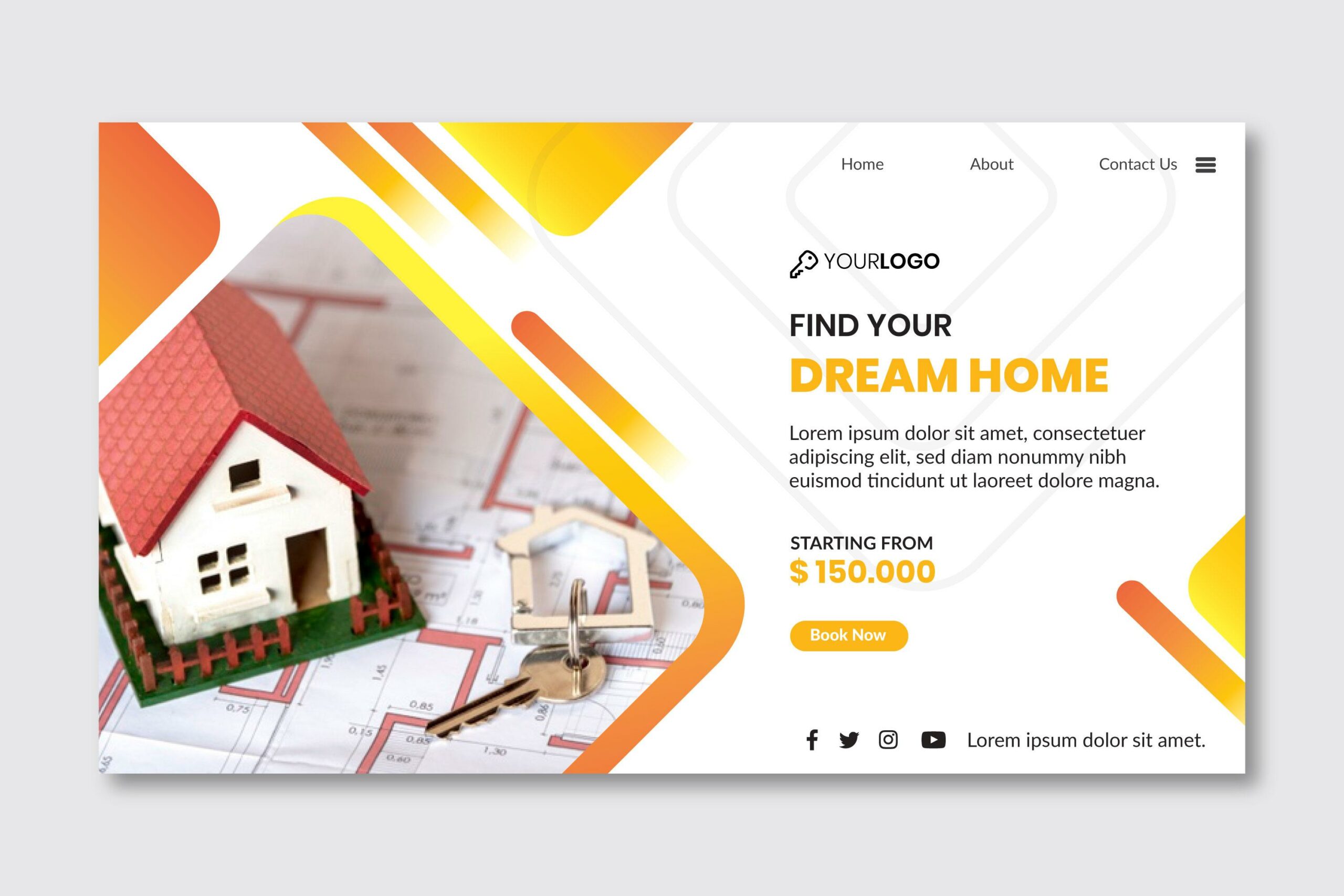In today’s competitive real estate market, agents and brokers are constantly seeking innovative ways to capture the attention of potential buyers and sellers. Amidst the digital noise, traditional marketing tools like postcards remain remarkably effective in conveying messages directly to targeted audiences. However, the key to unlocking their full potential lies in strategic design. In this article, we’ll delve into three crucial strategies for designing effective real estate postcards that grab attention, convey professionalism, and drive results.
Clarity and Conciseness
The first and most vital strategy in real estate postcard design is clarity and conciseness. Remember, recipients may only give your postcard a glance before deciding whether to engage with it further. Therefore, it’s imperative to convey your message clearly and concisely. Use attention-grabbing headlines and subheadings to communicate the main selling points or calls to action. Keep the content focused on the essential information, such as property highlights, contact details, and a compelling offer if applicable. Avoid cluttering the design with unnecessary text or images that may distract from the primary message.
Eye-catching Visuals
Visual elements play a significant role in capturing the recipient’s attention and conveying the desired message effectively. When designing real estate postcards, invest in high-quality images that showcase the properties or services you’re promoting. Professional photography can make a significant difference in how your postcard is perceived. Choose images that highlight the property’s best features and evoke an emotional response from the viewer. Additionally, consider incorporating other visual elements such as maps, infographics, or icons to enhance the postcard’s visual appeal and reinforce key information. Remember to maintain a cohesive color scheme and typography that aligns with your brand identity and enhances readability.
Compelling Call to Action
The ultimate goal of any real estate postcard is to prompt recipients to take action, whether it’s scheduling a viewing, visiting an open house, or contacting you for more information. A compelling call to action (CTA) is essential to achieving this goal. Clearly state what you want the recipient to do next and make it easy for them to take that action. Whether it’s a prominent “Call Now” button, a QR code linked to a landing page, or a personalized URL (PURL) for tracking responses, ensure that your CTA stands out and is easy to understand. Consider incentivizing the desired action with exclusive offers or limited-time promotions to increase response rates.

Designing effective real estate postcards requires a strategic approach that prioritizes clarity, visual appeal, and a compelling call to action. By implementing the three crucial strategies outlined in this article, you can create postcards that not only grab attention but also drive engagement and ultimately, generate leads and sales. Remember to continuously test and refine your designs based on feedback and data analytics to maximize their effectiveness in your marketing campaigns
Expanding further on the topic of real estate postcard design, let’s explore additional nuances and best practices that can elevate your marketing efforts:
Targeted Audience Segmentation
One size does not fit all when it comes to real estate marketing. To increase the effectiveness of your postcards, consider segmenting your audience based on demographics, preferences, or behavior. Tailoring your postcard designs and messaging to specific audience segments allows you to speak directly to their interests and needs, increasing the likelihood of engagement. For example, you might create separate postcards for first-time homebuyers, empty nesters looking to downsize, or investors seeking rental properties. Personalization builds rapport and fosters a stronger connection with your audience, leading to higher response rates and conversions.
Utilize Reverse Side for Additional Information:
Don’t overlook the potential of the reverse side of your postcards. While the front side should capture attention and convey the primary message, the back side offers valuable real estate for additional information. Consider including a brief property description, key features, neighborhood highlights, or testimonials from satisfied clients. You can also use this space to reinforce your brand identity with logos, contact details, and social media handles. Just remember to maintain a balance between information and visual appeal to avoid overwhelming the recipient.
Consistency Across Marketing Channels
Real estate postcards are just one piece of your overall marketing strategy. To maximize their impact, ensure consistency across all marketing channels, including digital platforms, print materials, and in-person interactions. Use similar branding elements, messaging, and imagery to create a cohesive experience for your audience. For instance, if you’re promoting a new listing on postcards, coordinate with your website and social media profiles to provide additional details and updates. Consistency reinforces brand recognition and credibility, making your marketing efforts more memorable and effective.
Measure and Analyze Results
As with any marketing initiative, tracking the performance of your real estate postcards is crucial for optimizing future campaigns. Implement tracking mechanisms such as unique URLs, QR codes, or dedicated phone numbers to monitor response rates and conversions. Analyze data on open rates, click-through rates, and conversion metrics to identify patterns and insights. Pay attention to which designs, messages, or audience segments perform best and use this information to refine your strategies moving forward. By continually iterating and improving based on data-driven insights, you can maximize the return on investment from your real estate postcard campaigns.
In summary, designing effective real estate postcards requires a combination of creativity, strategic thinking, and data-driven analysis. By implementing targeted audience segmentation, leveraging the reverse side for additional information, maintaining consistency across marketing channels, and measuring results, you can create postcards that not only grab attention but also drive meaningful engagement and conversions. Remember to stay flexible and adapt your approach based on feedback and evolving market trends to stay ahead of the competition


